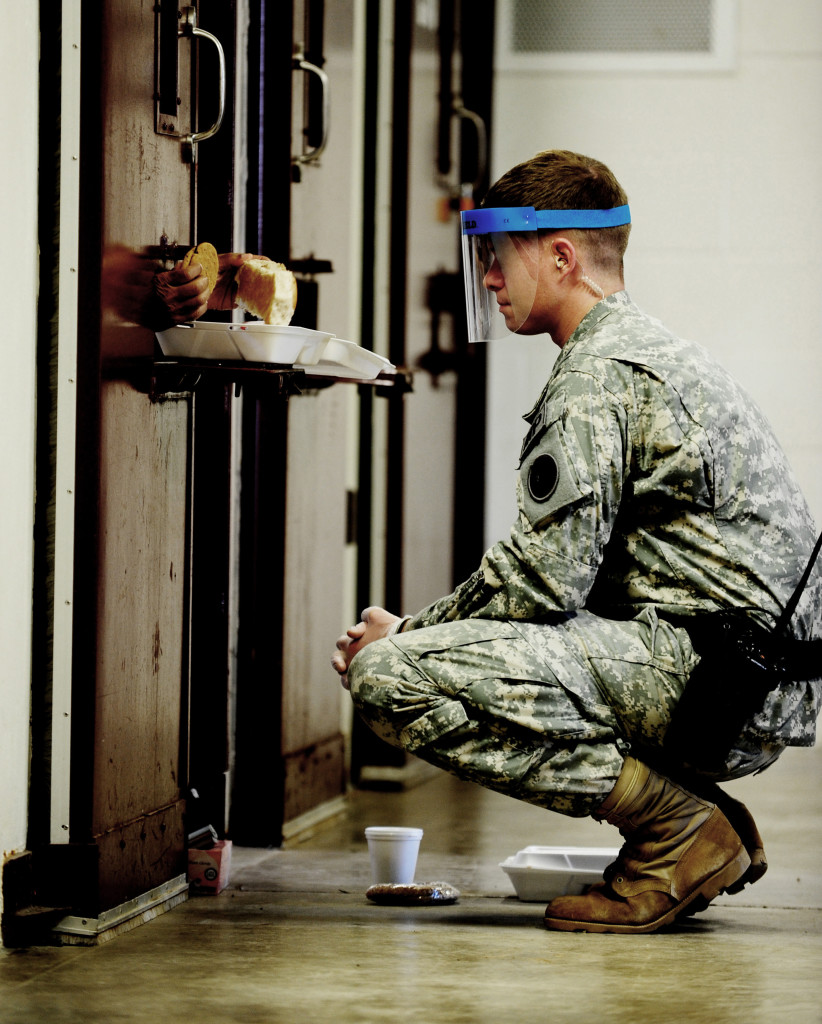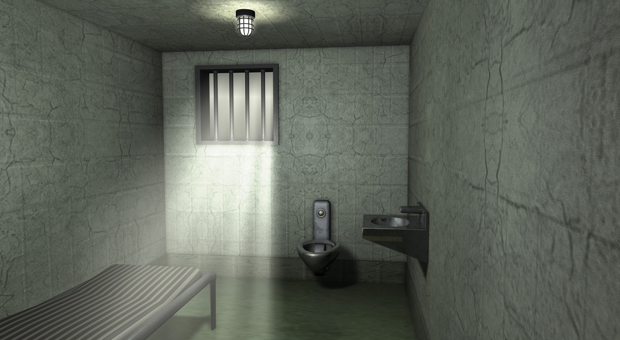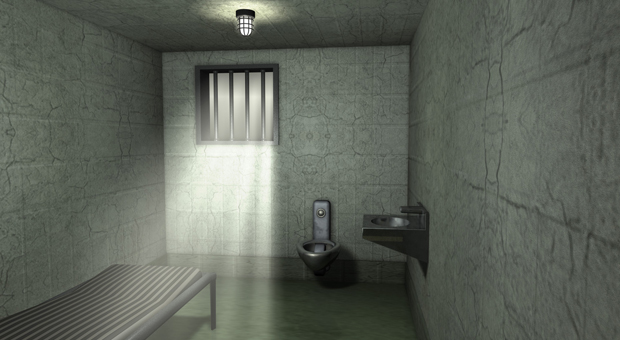
Photo by Kilho Park.
Historically, the arm grip from which our modern handshake is derived was a weapons check: two men would clasp forearms to feel for knives concealed beneath sleeves. But the modern day handshake conveys so much more than that. It speaks to a sense of mutual trust even before names are exchanged, a foundation from which a conversation may grow, a shared heritage. I can remember sitting across from my dad at six, legs just long enough to graze the floor, practicing my handshake over and over. Even at that age, I understood that gripping palms was something important, something crucial to starting a relationship. The handshake references shared history, or culture. At its roots, it is an acknowledgment of our mutual humanity.
As our relationships develop, this idea of physicality as a representation of personal connection evolves past the handshake. We nudge shoulders when sitting side by side, bump legs, stand close in conversation. Each gesture furthers that sense of camaraderie, assures us that we are united in some essential way, that we are not alone.
Now imagine you can’t touch anyone. Forget kissing your girlfriend or boyfriend, your daughter, forget hugging your mother, forget leaning against your friend. Solitary confinement denies any sort of physical contact, and so robs us of the sense that we are connected to the people around us in even the most basic sense.
“Human contact was what I missed most—something that told me that I was loved and that I was able to love,” claims Anthony Graves, a public speaker and activist who spent 16 years in solitary confinement. “I don’t know how to explain the emptiness it leaves when you are not allowed human contact anymore. It felt like they were starving me to death.”
A series of studies conducted by the United Nations determined that after 14 days in solitary confinement, a prisoner begins to suffer symptoms of acute sensory deprivation. Anxiety, anger, depression, cognitive disturbance, perceptual distortion, paranoia and psychosis ensue, exacerbated in people already suffering from mental illnesses, who often go without access to the resources necessary for effective treatment. Within the confined space (which varies in size but tends to hover at an average 6×8 feet), even a prisoner’s capacity to process sight decays without access to long-distance views.
“Life in the box is about an austere sameness that makes it difficult to tell one day from a thousand others,” writes William Blake, who has been locked in solitary confinement for the past 27 years, in an article entitled “Voices from Solitary: A Sentence Worse than Death”. “I’ve watched with my own eyes the slow descent of sane men into madness…I’ve experienced time so difficult and felt boredom and loneliness to such a degree that it seemed to be a physical thing inside so thick it felt like it was choking me, trying to squeeze the sanity from my mind, the spirit from my soul, the life from my body. I’ve seen and felt hope become like a foggy ephemeral thing, hard to get a hold of, even harder to keep a hold of as the years and then decades disappeared while I stayed trapped in the emptiness of the SHU (security housing unit) world.”

Photo courtesy of Getty Images.
Rather than fostering the sense of empathy crucial to rehabilitation, solitary confinement encourages a retreat from reality, a sort of solipsism which encourages people in solitary to believe that their actions have no impact on the world around them. “You will never hear words more despicable or see mouth wars more insane than what occurs all the time in SHU, not anywhere else in the world, because there would be serious violence before any person could speak so much foulness for so long.” And without the presence of a community around you, how can you be expected to redefine your moral system in the way purportedly rehabilitative justice asks? How can we be expected to grow in a vacuum?
“Based on available data, there are at least 80,000 prisoners in isolated confinement on any given day in America’s prisons and jails, including some 25,000 in long-term solitary in supermax prisons.” That number includes the children placed in solitary for “additional protection,” some as young as fourteen and fifteen. 80,000 people today are experiencing what the U.N. has recently deemed “torture” by their government. 80,000 people are at this very moment are denied the right to sanity. 80,000 people are being taken out of the equation, scarred past the point of functioning, released (if ever) on parole into a society with which they have lost all fluency. To take the first steps towards a truly rehabilitative justice system, solitary confinement must end. Don’t give up on 80,000 people.






